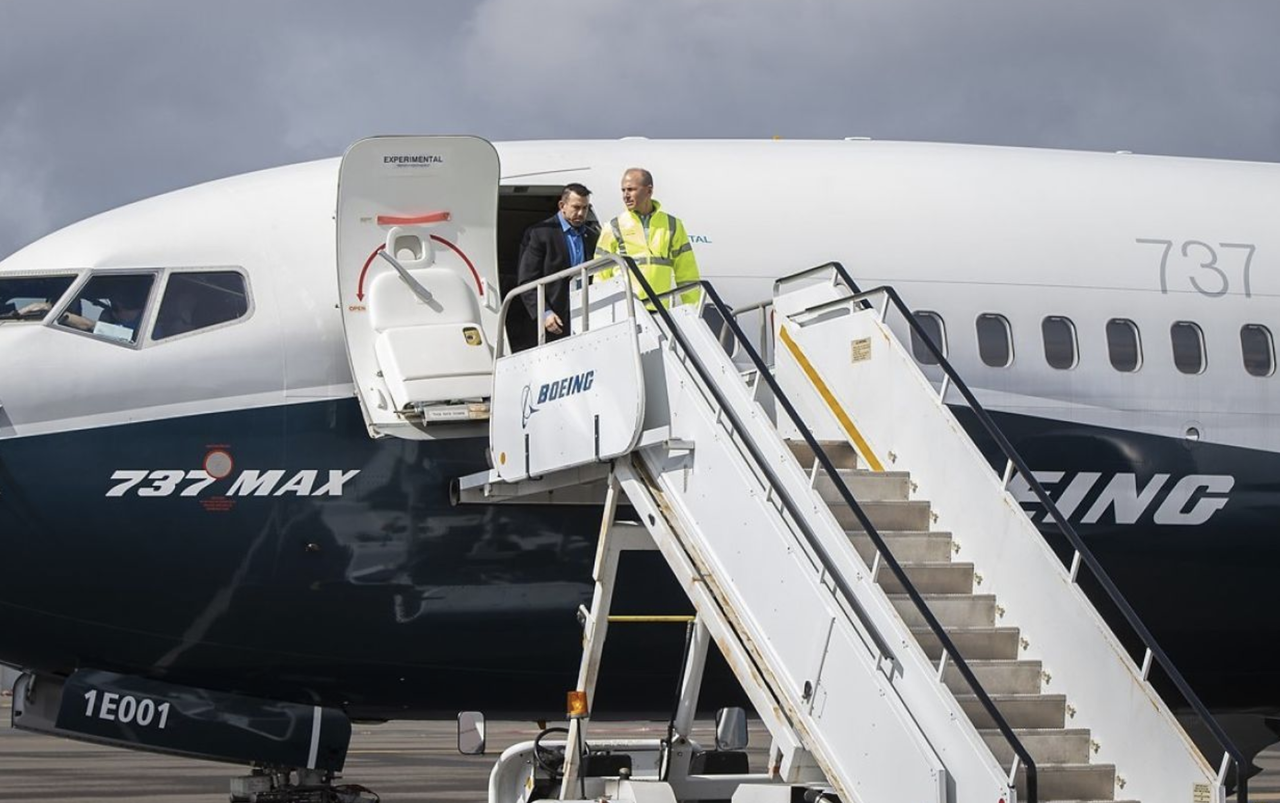Though it hasn’t made much of a difference in the share price, the Wall Street Journal has been publishing one groundbreaking (and, for Boeing, deeply embarrassing) scoop after another about how the aerospace company either mislead its largest customer and the FAA about disabling critical safety alerts on the 737 MAX 8, or simply wasn’t aware that the alerts had been disabled (it’s not entirely clear which is the case).
And on Friday, with Boeing shares still inexplicably up double-digits on the year despite new orders having ground to a halt and the grounding of the 737 MAX having no end in sight, WSJ published its latest bombshell about Boeing’s mishandling of the MCAS rollout, reporting that Boeing had limited the role of test pilots in the final stages of development. These pilots also lacked key details about the system and, importantly, the alerts that would signal to pilots when MCAS was malfunctioning.
This is extremely puzzling, because as has previously been reported, MCAS marked an unprecedented level of automation in the new generation of the 737. One would think Boeing would want to get as much human input as possible to stress test the system, especially since the new Boeing jets would rely on a single sensor to feed into the system.
For what it’s worth, Boeing has denied the report. However, given WSJ‘s track record on Boeing-related scoops, it appears likely that this revelation will lead to increased scrutiny of Boeing from the FAA as the aerospace company tries to win approval for its updated MCAS software from the FAA.
As a result, Boeing test pilots and senior pilots involved in the MAX’s development didn’t receive detailed briefings about how fast or steeply the automated system known as MCAS could push down a plane’s nose, these people said. Nor were they informed that the system relied on a single sensor—rather than two—to verify the accuracy of incoming data about the angle of a plane’s nose, they added.
Investigators have linked faulty sensor data to the flight-control system’s misfire, which led to crashes in Indonesia and Ethiopia that took 346 lives.The extent of pilots’ lack of involvement hasn’t been previously reported and could bring fresh scrutiny from investigators and regulators already looking into Boeing’s design and engineering practices. It isn’t clear whether greater pilot participation would have altered the ultimate design of the flight-control system. But the scaling back of pilots’ involvement and their lack of detailed knowledge about the plane’s system add to the list of questions about engineering and design practices facing the Chicago-based aerospace giant.
A Boeing spokesman said test pilots and senior pilots didn’t have less of a role in the design, briefing and testing of the final version of MCAS when compared with their counterparts who worked on previous models featuring important new systems.“Listening to pilots is an important aspect of our work,” the spokesman said. “Their experienced input is front and center in our mind when we develop airplanes. We share a common priority – safety – and we listen to them carefully.”
Though WSJ caveats its story by writing that it’s unclear whether the pilots’ input would have made a difference in its ultimate design, we imagine their involvement might have tipped off Boeing to the difficulties pilots faced in bringing a mis-firing MCAS under control. Remember, the team investigating the Ethiopian Airlines crash revealed that MCAS fired four times before it ultimately doomed all 157 people aboard the flight. Maybe, if the test pilots had experienced something similar and been able to warn Boeing about this defect, nearly 350 people – the total number aboard ET302 and the Lion Air flight that crashed just minutes after takeoff back in October – wouldn’t have had to die.
via ZeroHedge News http://bit.ly/2IXy1A5 Tyler Durden
